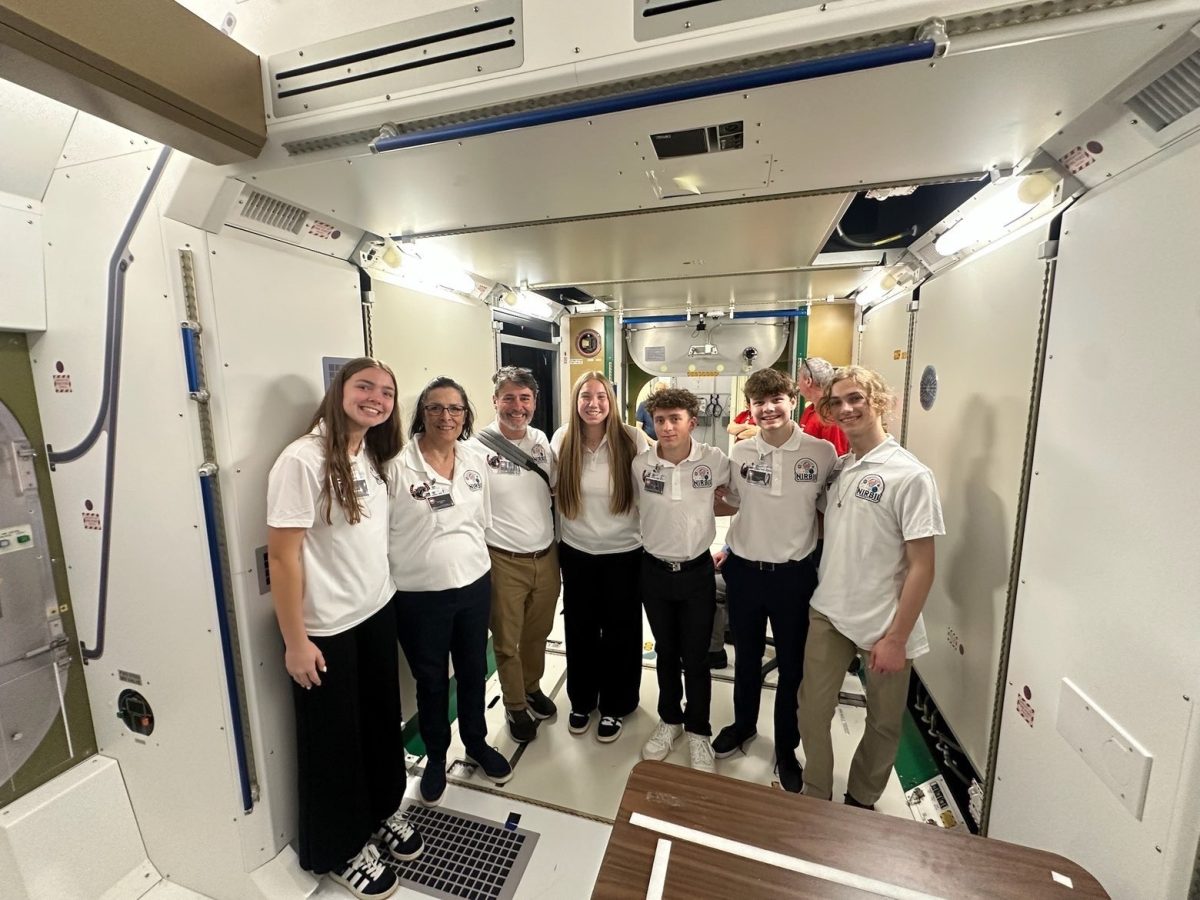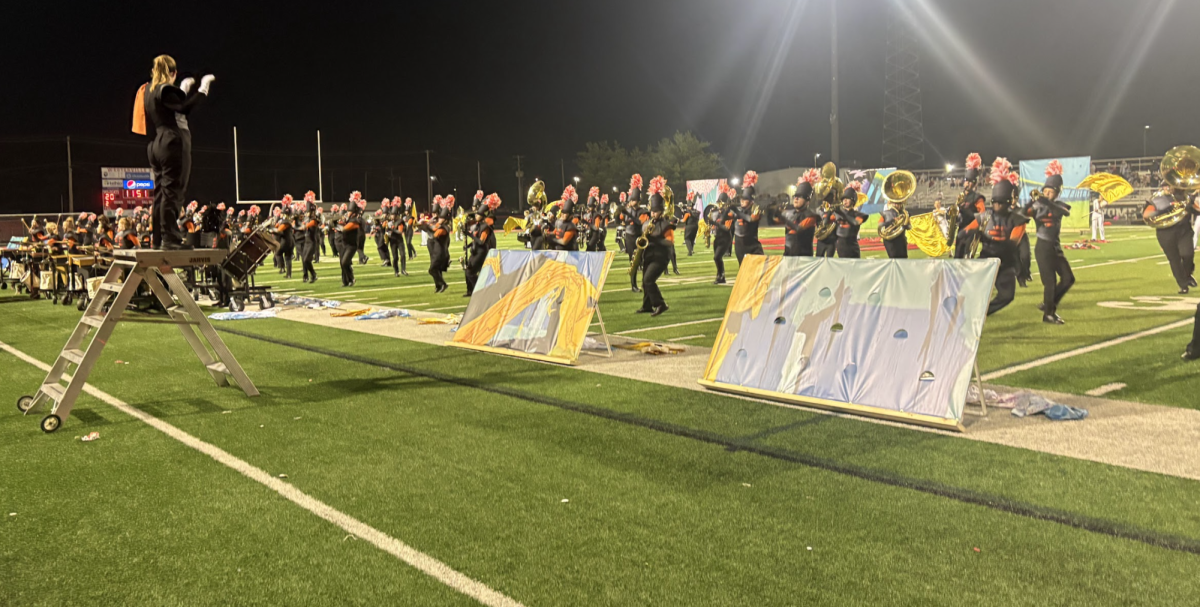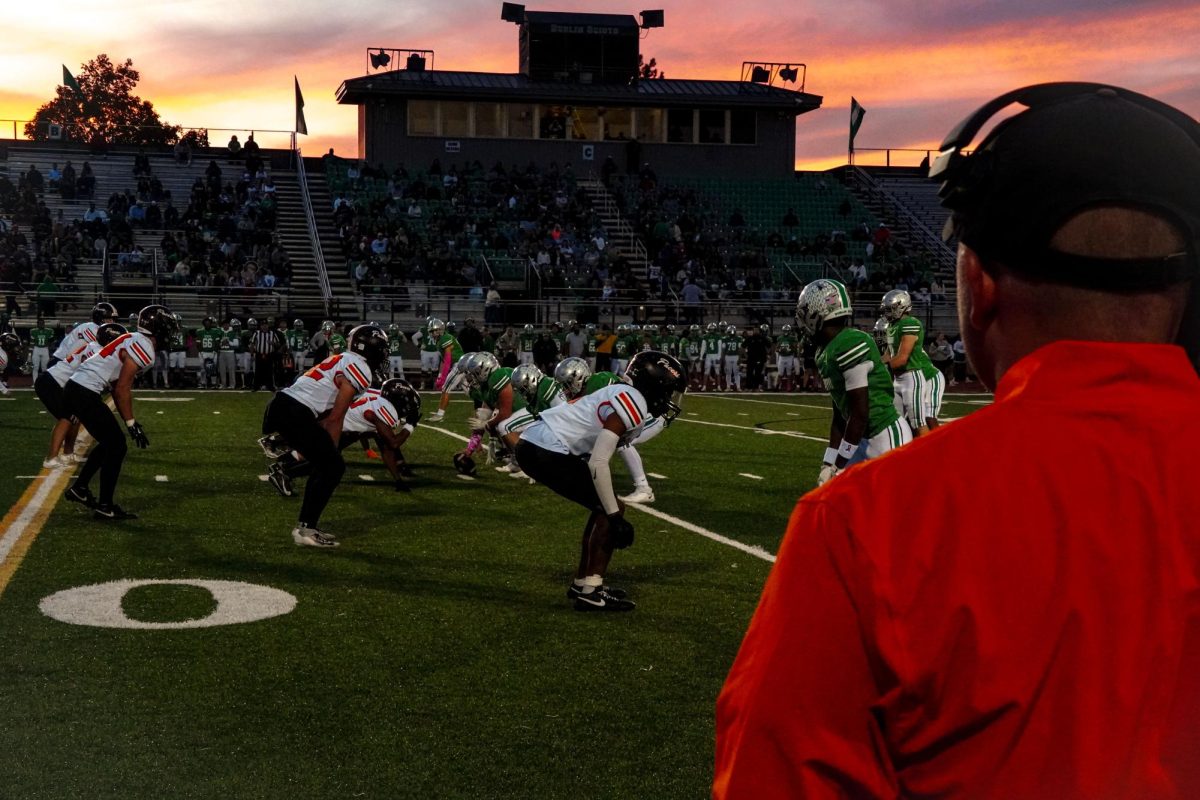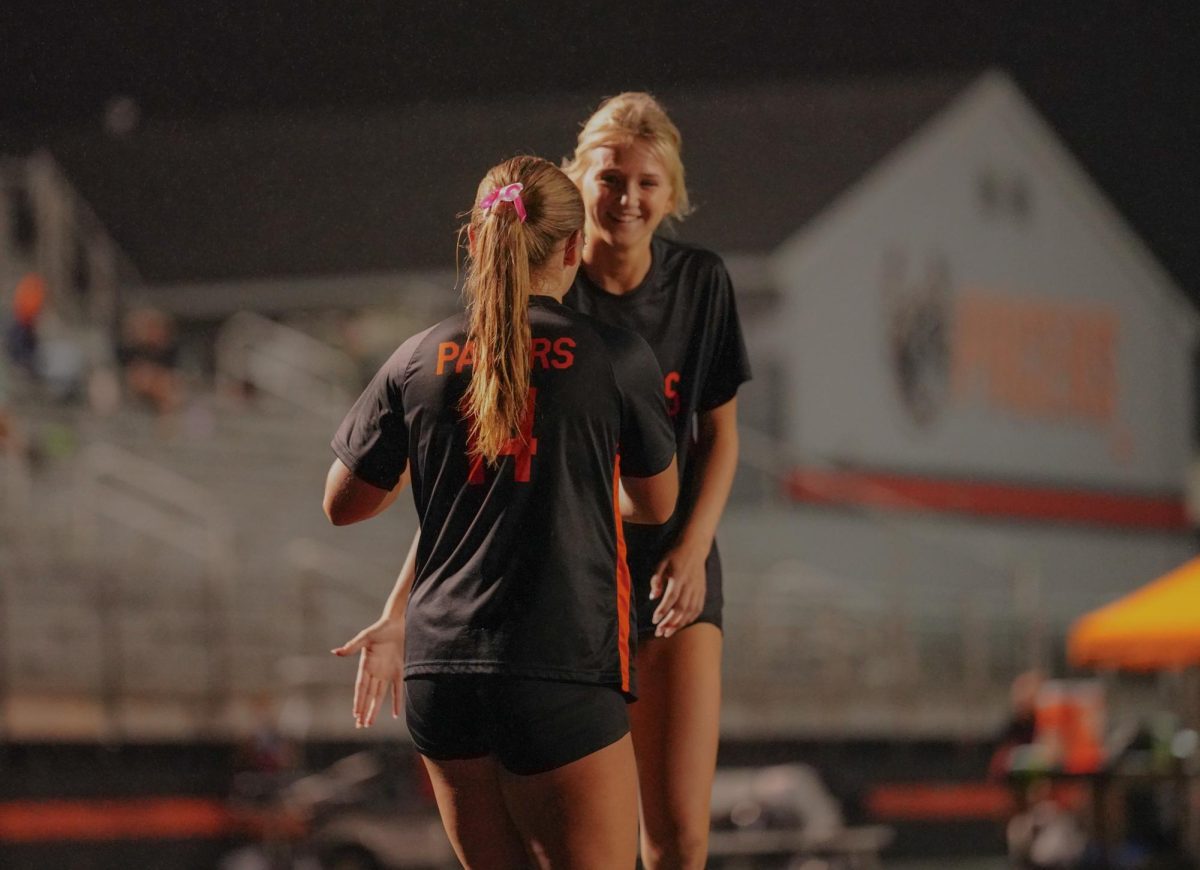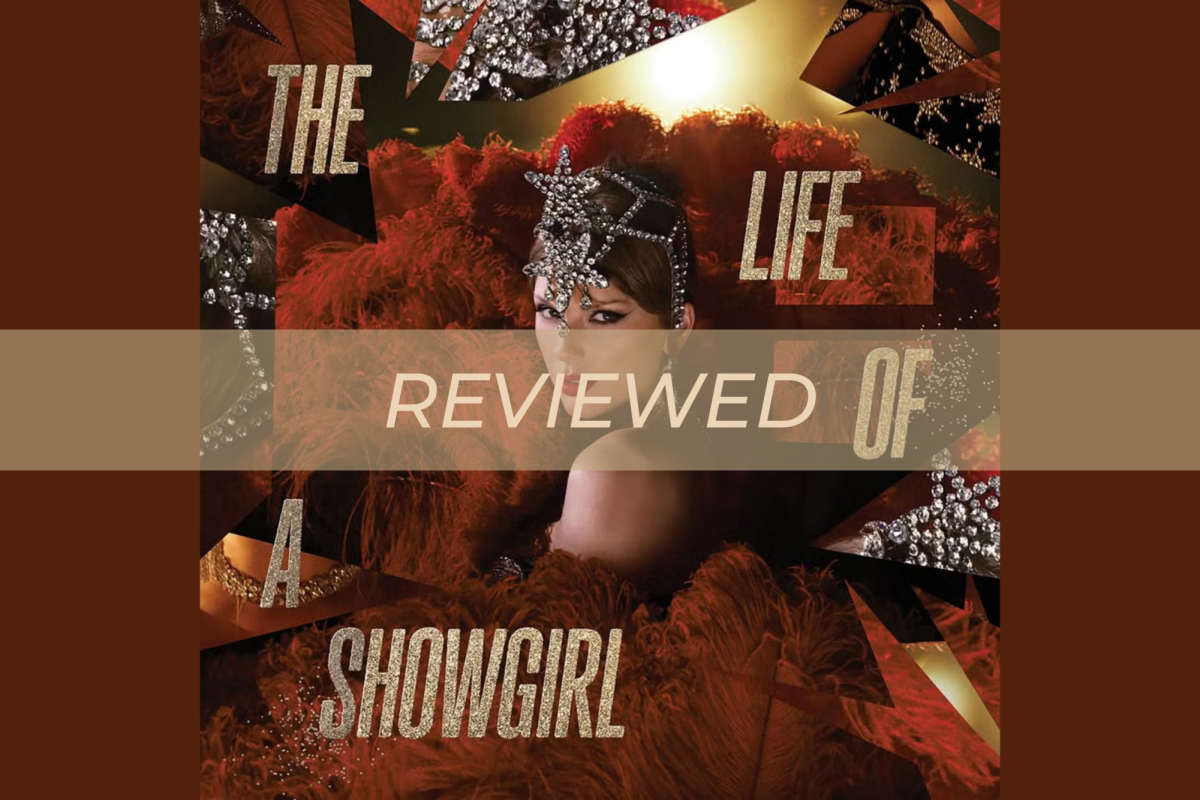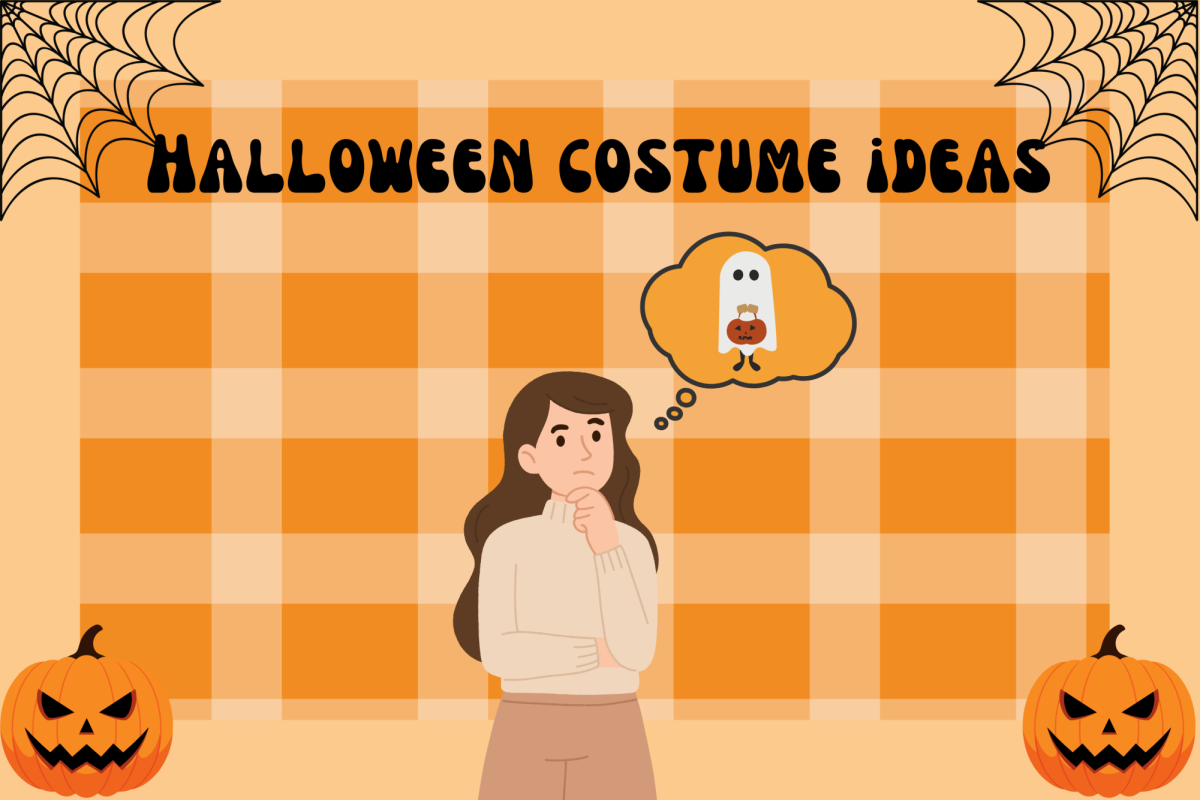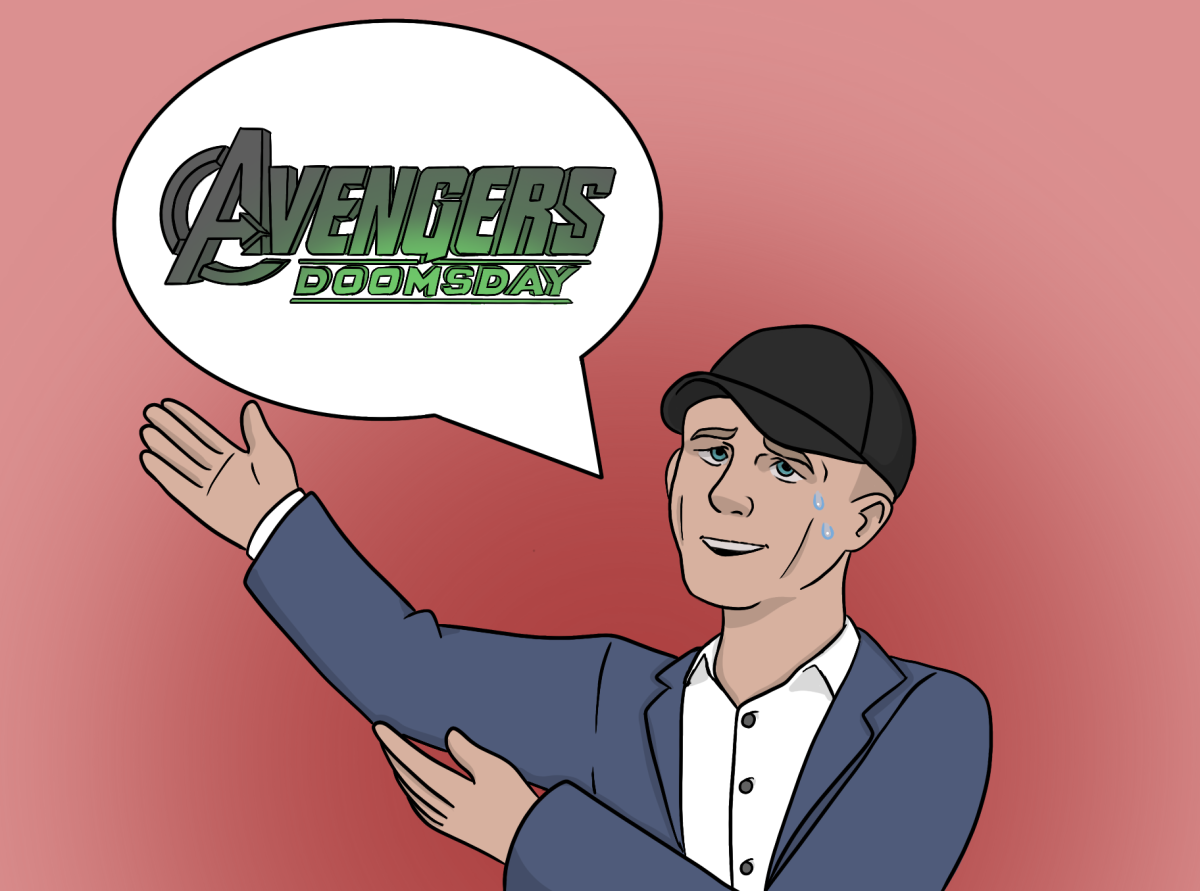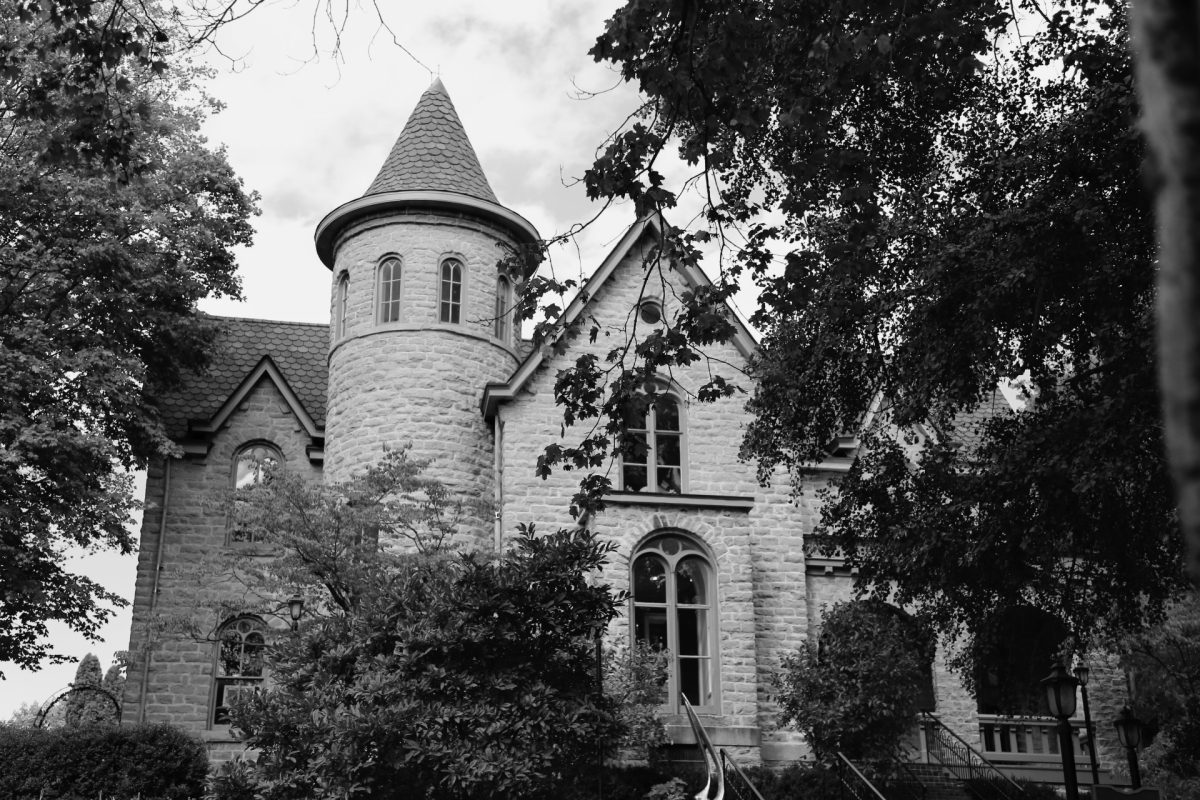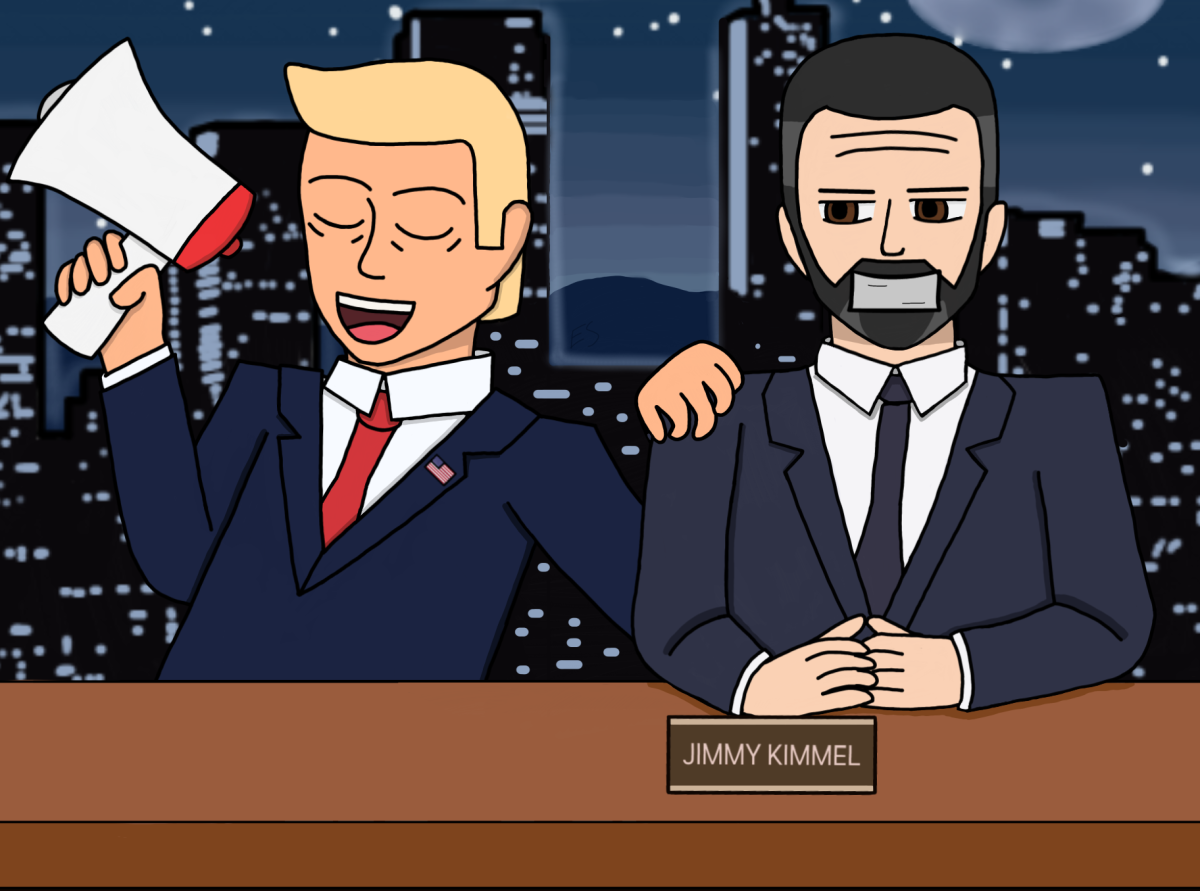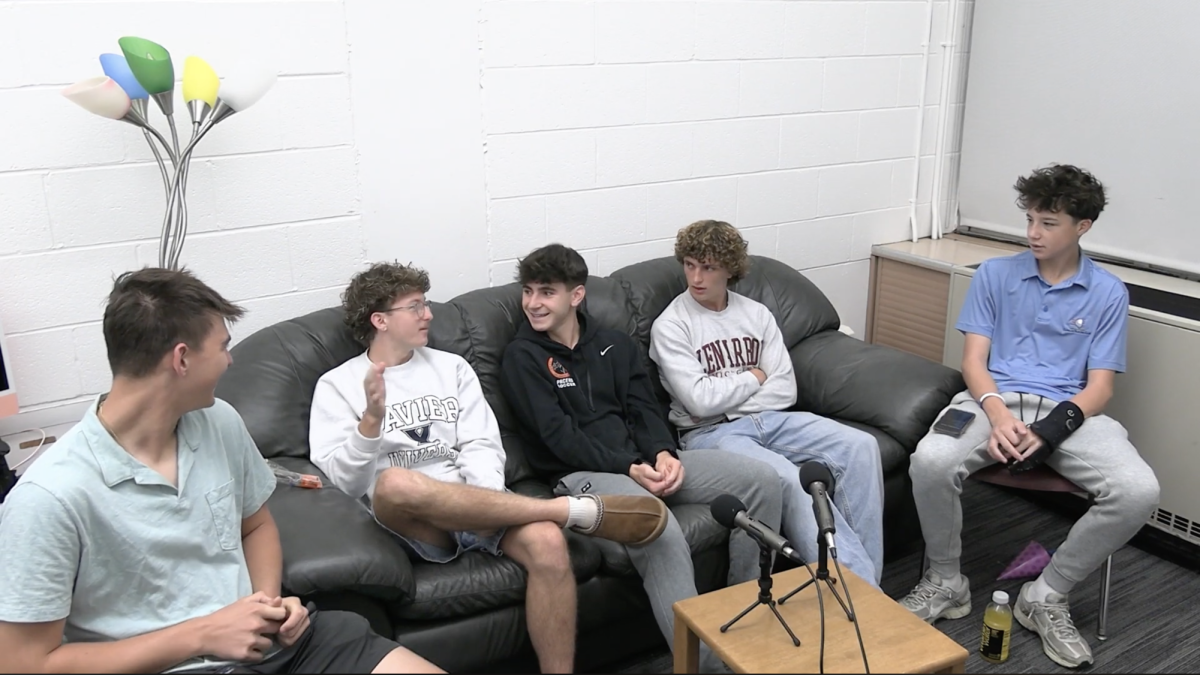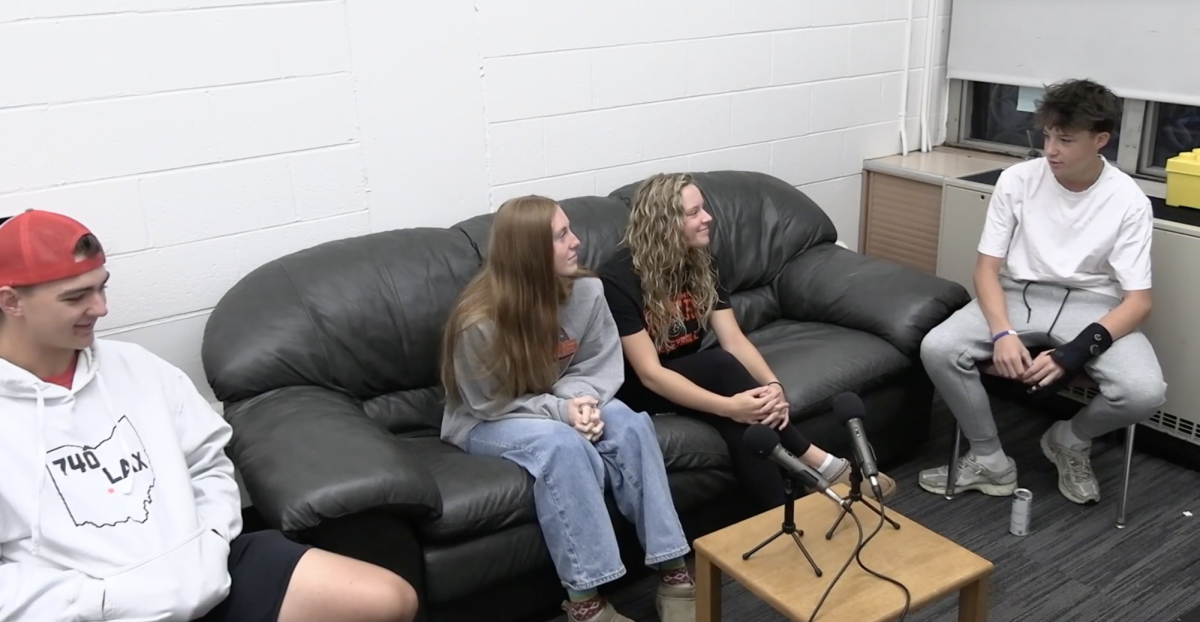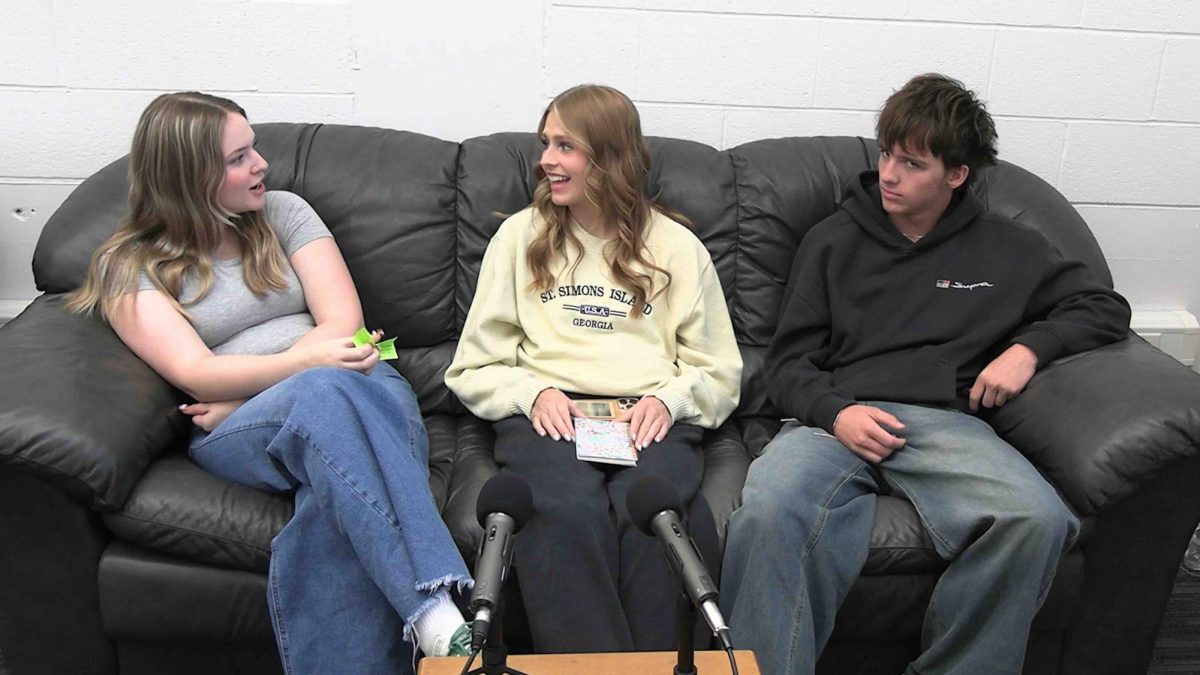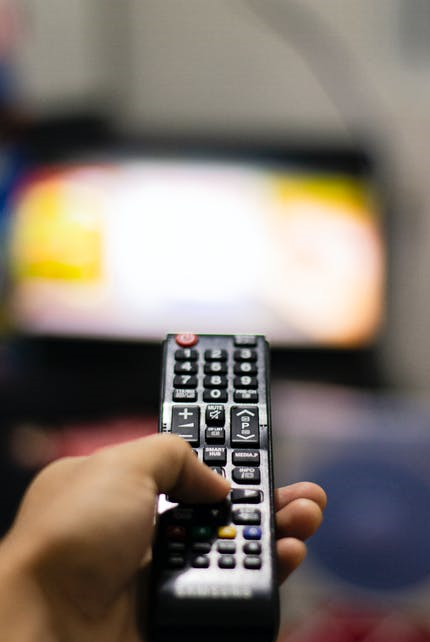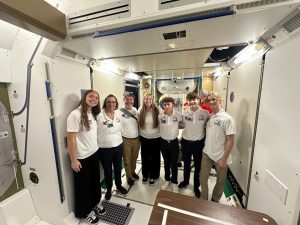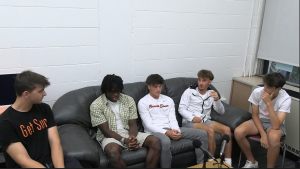How Covid-19 changed television
October 24, 2020
There’s nothing like retiring to the living room after dinner to tune into late-night television. Only now, those programs look a lot different due to the current pandemic.
Because of Covid-19, talk show hosts have had to utilize their online content a lot more and directly upload clips to YouTube.
At the start of the pandemic, videos featured hosts looking much rougher without makeup and lighting crew as they sat comfortably in their own home offices.
When the TV personalities were at home, it caused much controversy with how they would be paying their crew.
Daytime TV host Ellen Degeneres was held under high scrutiny after it was revealed that she was not paying her workers, which soon opened the floodgates to heavy criticism from anyone who’s had a negative experience with her. Conversely, Conan O’Brien was praised for paying his crew out of his own pocket.
Now, as restrictions have gotten more lenient, many talk shows have returned to their original sets with some minor changes to accommodate for social distancing.
An example of this is Late Night with Jimmy Fallon. The set pieces are distanced further apart, which could be a jarring shift to viewers.
One thing that hasn’t changed from their home offices to the return to their sets is the awkward silences following jokes because of the lack of audience.
Most of these personalities have established careers in comedy, so they’re used to delivering monologues like they’ve always done. This change means they have to alter everything they once knew about appealing to their viewers.
Adapting to the online audience could be a welcome addition that adds a new, fresh take to the late-night talk show format that many people had viewed as outdated. With tools featured in YouTube, such as the comments section, talk show hosts have the opportunity to be even more interactive with their audience.
The future of live TV is unclear, but it will be exciting for audiences to see what’s in store.




